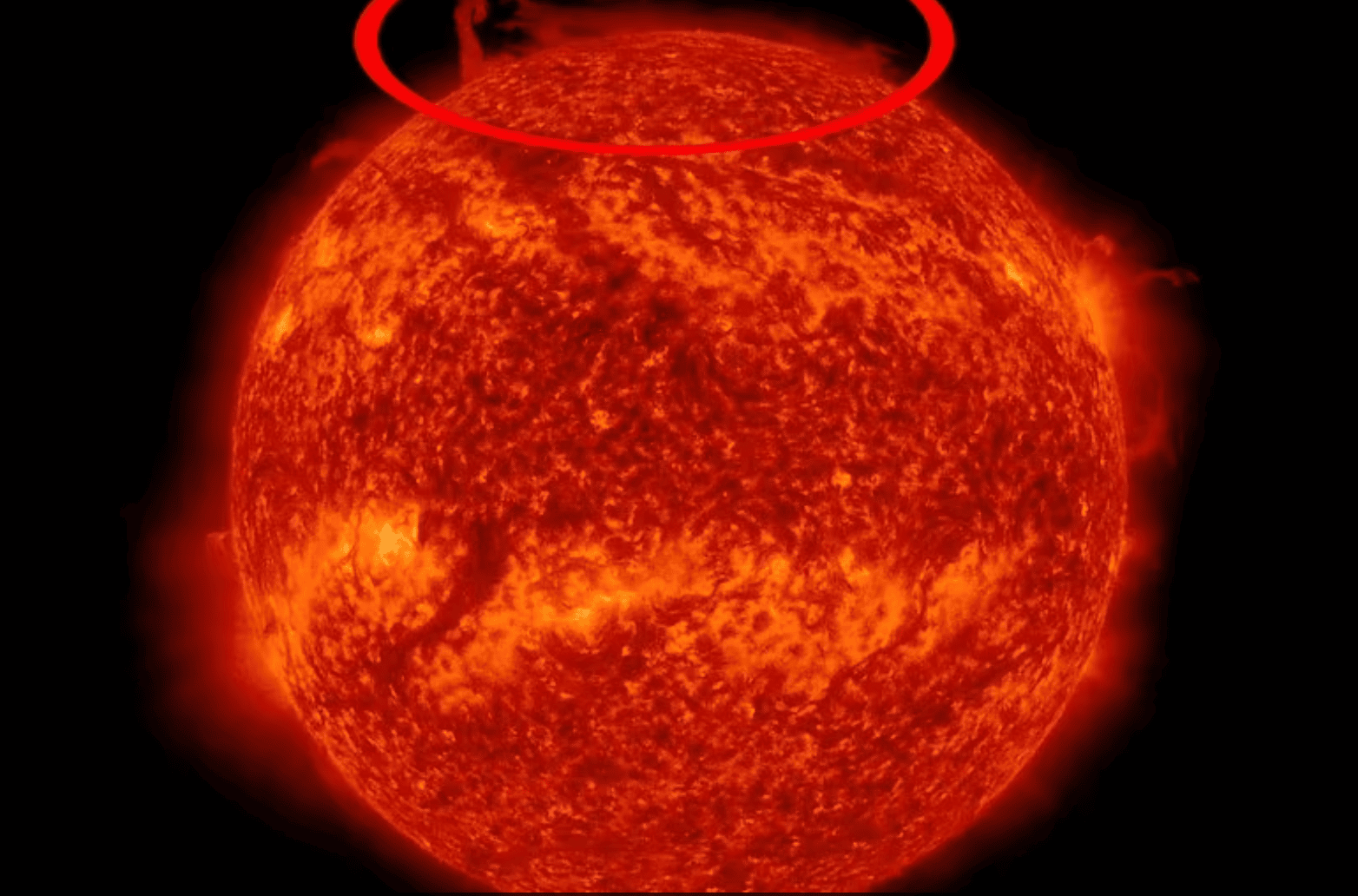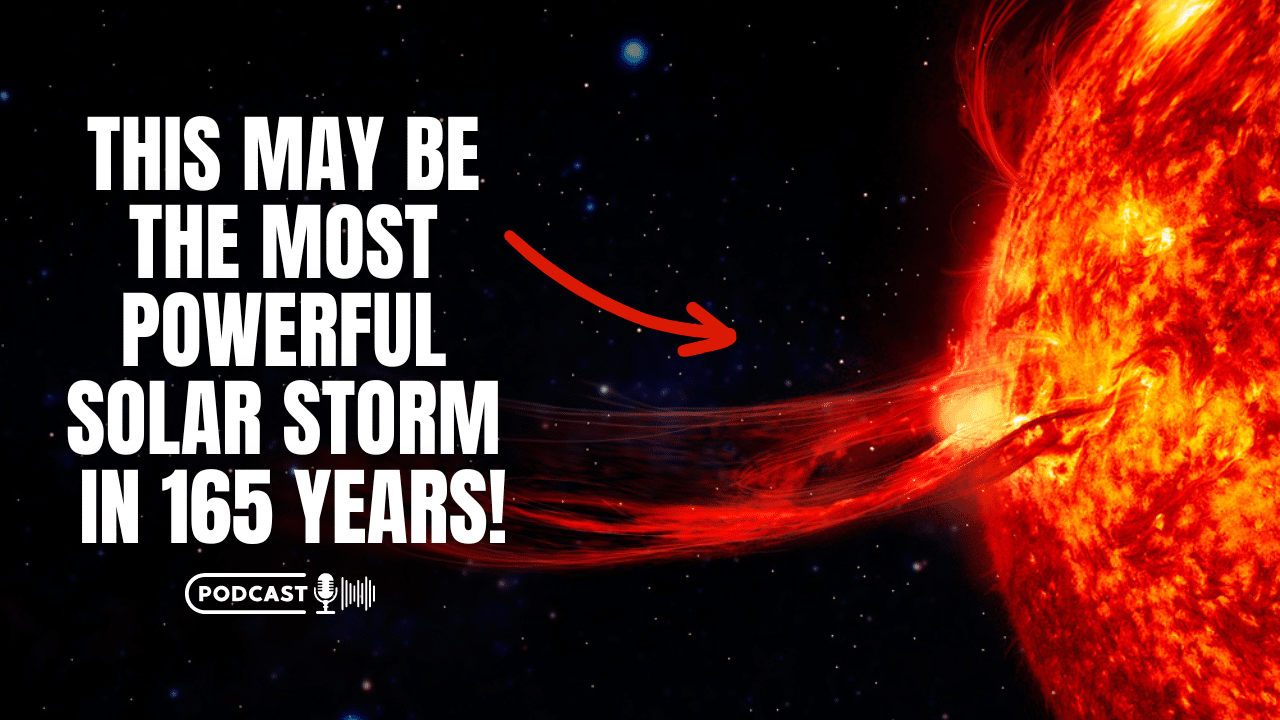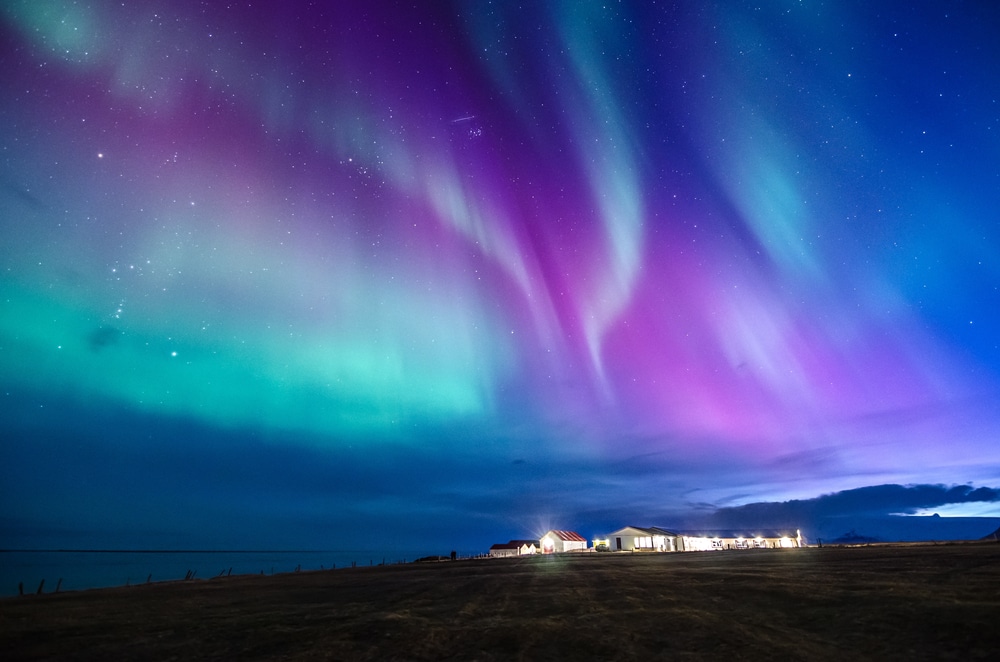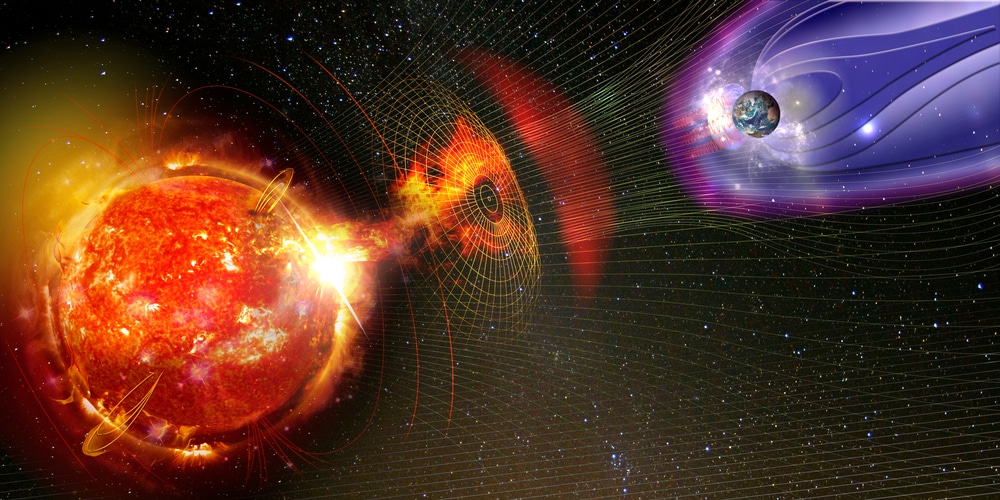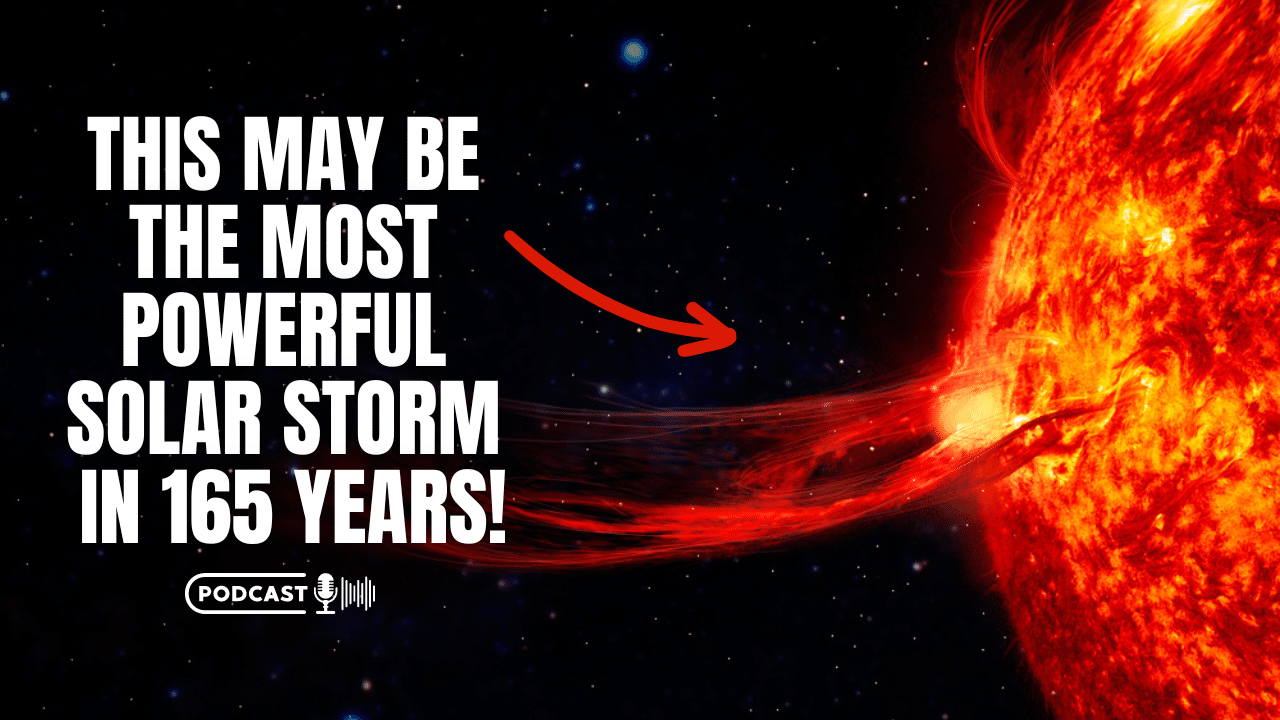The moment a piece of the sun’s northern pole breaks off has been captured by NASA in a never-before-seen event that has baffled scientists.
A video shows a giant filament of plasma, or electrified gas, shooting out from the sun, separating and then circulating in a ‘massive polar vortex.’ While astronomers are baffled, they speculate the prominence has something to do with the reversal of the sun’s magnetic field that happens once every solar cycle.
Solar physicist Scott McIntosh, the deputy director at the National Center for Atmospheric Research in Boulder, Colorado told Space.com: ‘Once every solar cycle, it forms at the 55-degree latitude and it starts to march up to the solar poles.’
The video was shared on Twitter by space weather forecaster Tamitha Skov, which said the clip was taken by NASA’s Solar Dynamics Observatory, which is currently investigating our star.
‘Talk about polar vortex! Material from a northern prominence just broke away from the main filament & is now circulating in a massive polar vortex around the north pole of our star,’ Skov shared in the tweet.
NASA describes solar filaments as clouds of charged particles that float above the sun, tethered to it by magnetic forces. These appear as elongated, uneven strands that shoot out from the sun’s surface.
The prominence mentioned by Skov, appears precisely at the 55-degree latitude around the sun’s polar crowns every 11 years. ‘Once every solar cycle, it forms at the 55-degree latitude and it starts to march up to the solar poles,’ McIntosh told Space.com.
‘It’s very curious. There is a big ‘why’ question around it. Why does it only move toward the pole one time and then disappears and then comes back, magically, three or four years later in exactly the same region?’ While astronomers have previously observed filaments breaking away from the sun, this is the first time one has circulated the region in a whirlwind.
One instance was in 2015 when two long threads of solar material broke free from the sun and erupted into space. The upper one broke first, sending dark plasma down toward an active region below it. An hour or two later, that lower filament erupted.
Scientists have yet to be determined what caused the filament in the recent observation to swirl around the sun instead of jetting out into space. The recent increase in activity from the Sun results from it coming towards the most active phase in its 11-year solar cycle – hitting peak activity in 2024. (SOURCE)

